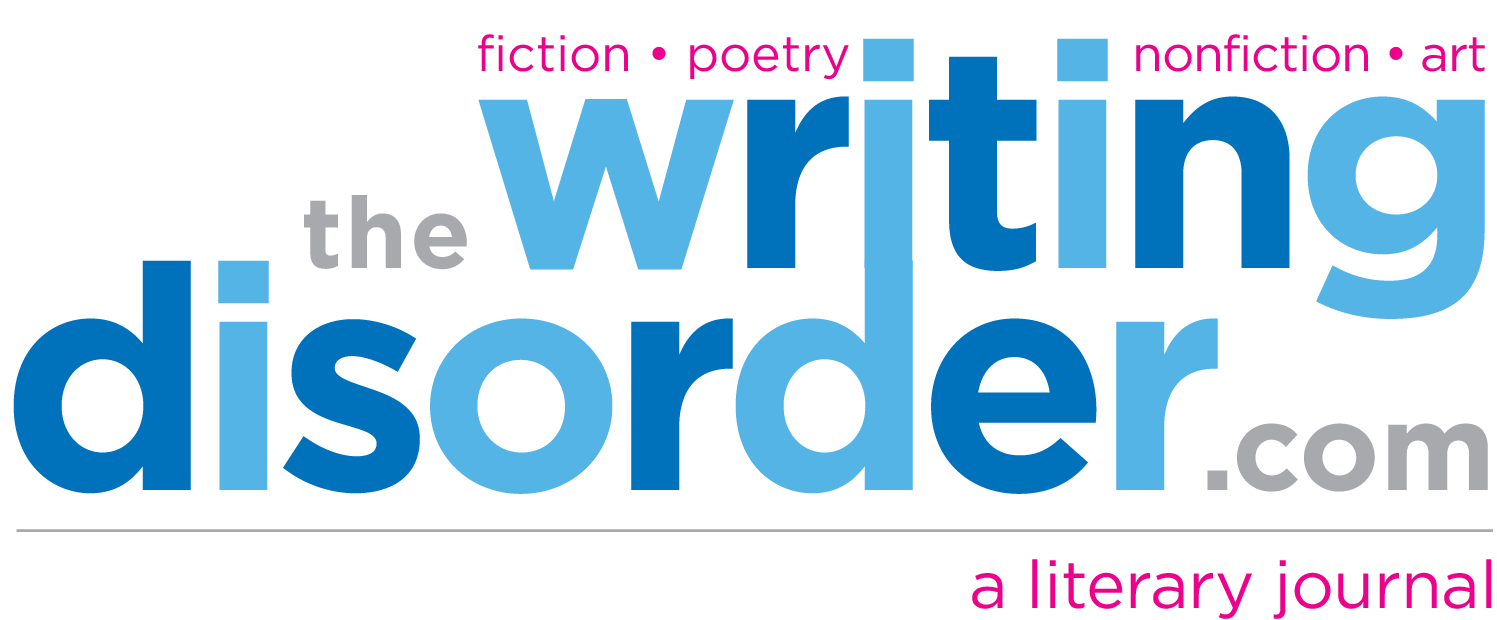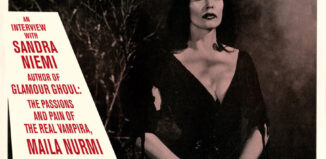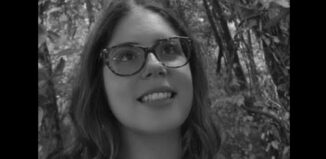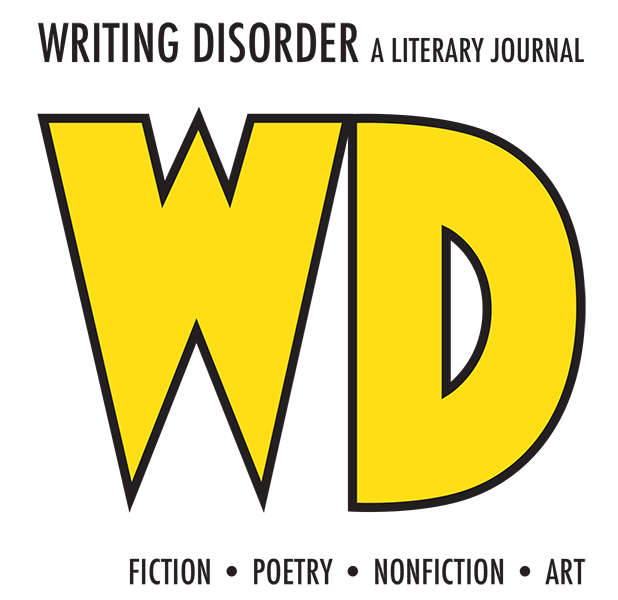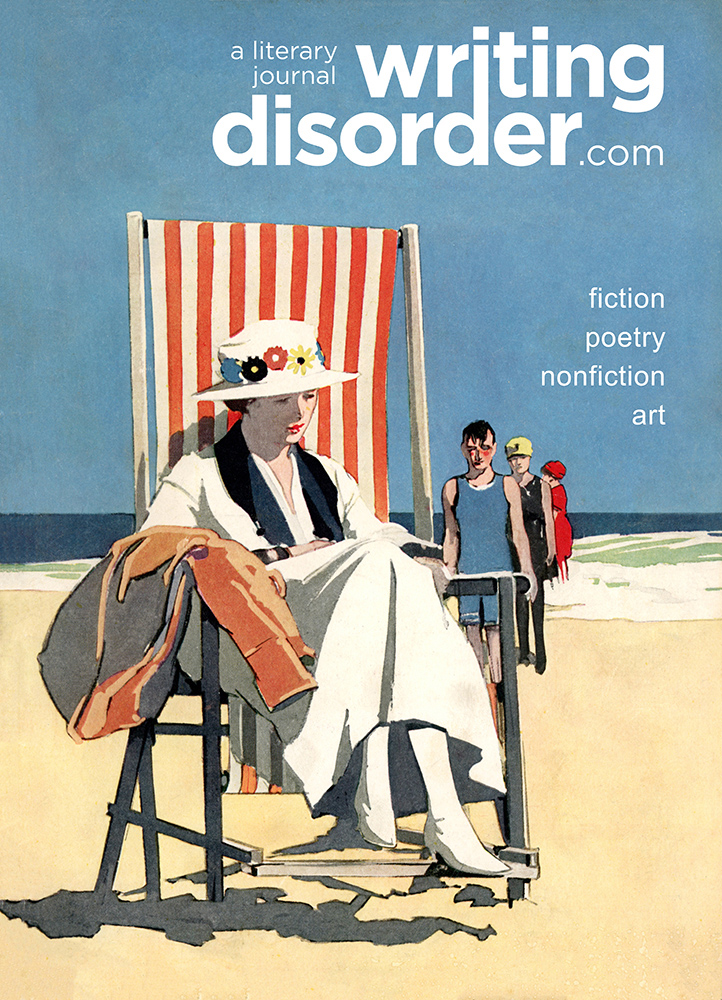The Peshaman Fragments
by Greg Sendi
Following the highly publicized disappearance of Elias Peshaman late last year, this unfinished manuscript was found among a small number of cloud files authorities reviewed for possible information related to his whereabouts.
FRAGMENT 1
It is a mouth radically different from other human mouths — infused with an eerie otherworldliness. The mouth attracts attention precisely because of its unsettling difference. It seizes the attention of others because, like a catastrophic car accident, we can’t look away. To some, this mouth is hyper-real and in its weird fleshiness, suggests an authenticity, the way a blood-rare steak suggests “real food.”
When at rest, the mouth often does not relax but returns to a puckered, circular kissing shape that suggests it is at once both open and closed, an orifice of both inbound and outbound potential. Let’s be honest, this mouth also has an anal quality to it and is always pantomiming an expulsion of waste. It is always conveying the ejection of impurity, mirroring his promises to eject things and people.
There is also the tongue. Disabled by the neuro-impairments that prevent its full control, the tongue throbs, bends and extrudes in ways that reinforce the expulsion conveyed by the lips.
In its totality, the shape of the mouth as an emblem of disgust and discharge is also connected to his frequent interest in what comes out of human bodies, especially the bodies of women. It enacts his revulsion at excretion, for example, or menstruation or breast feeding.
FRAGMENT 2
altogether ill at ease about what is happening with us
FRAGMENT 3
The water hyacinth (Eichhornia crassipes) is a large aquatic plant native to the Amazon basin. It is known chiefly for its ability to overwhelm the surface of bodies of water, pushing out native species and depleting its water ecosystem of oxygen, suffocating all fish, water creatures and other plants.
So too, all the things he is — liar, chiseler, malignant degenerate, traitor, deadbeat, daughterfucker wannabe, child rapist — may be viewed as precisely evolved for indifference to the question of what a “pond,” is actually for. The old blackhats (Ratched, Moriarty) are quaint by comparison.
FRAGMENT 4
His skin, like the fixtures around him, in the primitive way imaginable, conveys that he cannot escape how gold rushes in upon him, following him like a cloud of gold dust seeking the man who is both its source and its destination. He is Chrysos, Xipe Totec, Midas, Shen Wanshan, Goldfinger, communicating with every image not that “I’m like my people” but rather “I’m radically unlike my people or any people.”
But in its obvious artificiality there is more. With his skin, he is sending us a message deeper than, “I am a golden man.” The message also says, “I am wearing a me-shaped golden suit.” His skin invites you to imagine an inner creature, but simultaneously humiliates you for accepting the invitation.
To some, the skin is an alarm light alerting to a dangerous duplicity — the way the coloration of certain animals alerts other animals not to eat them. To others, the situation is more complex. Via its alchemy, broadly speaking, there can be a gratitude, even a love, engendered by the ways he affirms the fundamental duplicity, and the inevitability of the way things are.
The skin serves both as camouflage (allowing him to blend in with the other perceived liars — like certain poisonous toads blend in with a pile of leaves in the forest) and as a beacon calling attention to itself as camouflage (providing a basis of assurance and trust — as if he might be the one true leaf in a pile of poisonous toads).
FRAGMENT 5
read marcus aurelius of each particular thing ask what is it in itself what is its nature what does he do this man you seek
FRAGMENT 6
In totality, we know this as “The Uncanny Valley,” a term coined by Japanese roboticist Masahiro Mori to describe the phenomenon by which robots become deeply disconcerting to us at the point where they come closest to mimicking human features.
The Uncanny Valley teaches us to think about how we are different (if we are) and how we are the same (if we are). Perhaps it teaches an instinctive revulsion at the not-quite-human — an instinct that may have prevented our early ancestors from breeding with apes. Though perhaps also (if not instead), it teaches us revulsion at ourselves, at what we are capable of. Perhaps it forces us to ask: When face to face with a monster masquerading as your companion, what do you do?
Mirroring the nausea created by our experience, his experience as a sociopath may be one of looking at us across his Uncanny Valley, where he is unable to see or feel the full humanity of any person — to distinguish emotionally between a chair, a car, a bucket, a fish or child. To operate across his Valley, he creates simulacra of human engagement to deal with people because he is unable to generate actual human responses.
Little by little as he deprives our pond of oxygen, he becomes less able to conceal the fact that when he looks at us, no matter who we are, he sees the same lifeless mask we see when we look at him, useful to him or useless, using our own shames and weaknesses and hatreds against us the way serial killer might use the skin of his victim to make a lampshade.
FRAGMENT 7
my god my god to be haunted by the end of everything we are and have created together it is like choking finally after all it will be like choking my god they are gouging his eyes with a flagpole i think
Here Peshaman’s manuscript ends, providing scant basis for development of a general synthesis. While pleased to share this important manuscript with specialist and lay audiences, overall, we urge caution in the extrapolation of broad-brush conclusions from what was clearly a work left unfinished and in disarray at the time of his disappearance.
BIO
Greg Sendi is a Chicago writer and former fiction editor at Chicago Review. His career has included broadcast and trade journalism as well as poetry and fiction. In the past year, his work has appeared or been accepted for publication in a number of literary magazines and online outlets, including Apricity, Beyond Words Literary Magazine, The Briar Cliff Review, Burningword Literary Journal, Clarion, CONSEQUENCE, Flashes of Brilliance, Great Lakes Review, The Headlight Review, The Masters Review, New American Legends, Plume, Pulp Literature, San Antonio Review, Sparks of Calliope, and upstreet.
